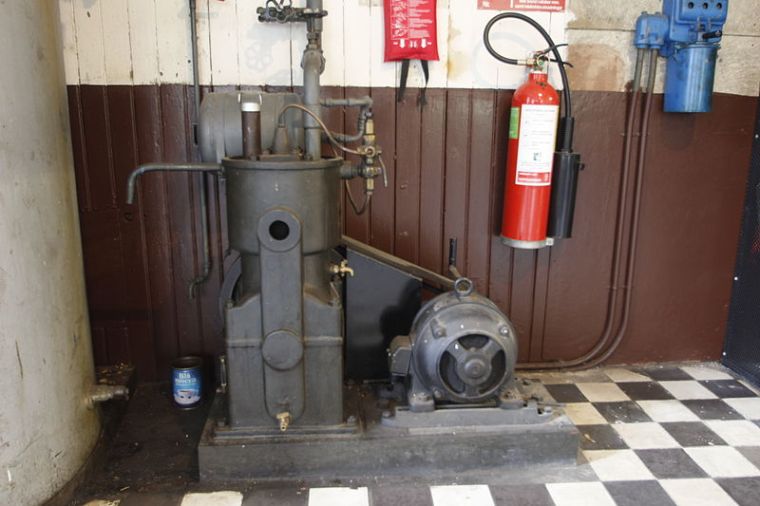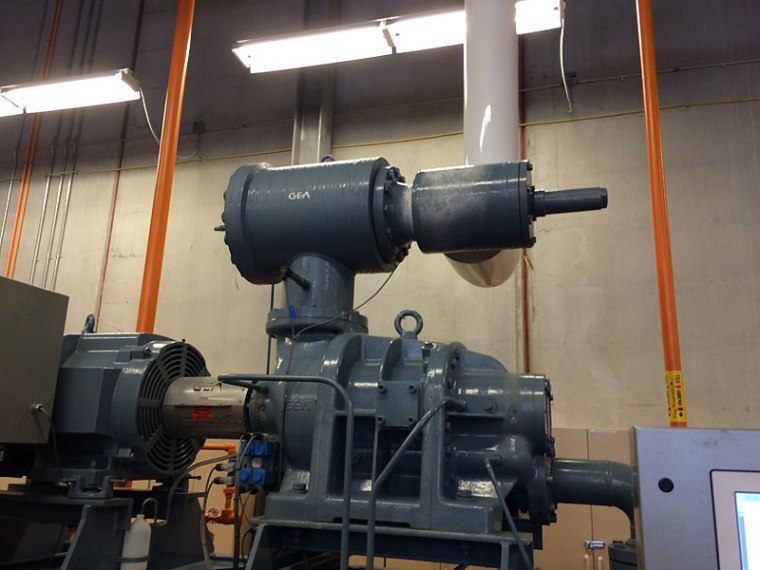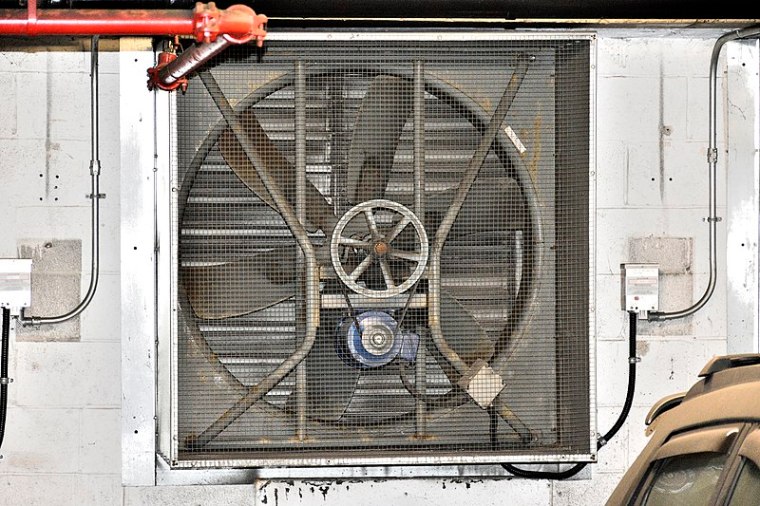I’d like to start out by saying a common theme I have observed over the past six months is a huge spike in DIY projects around the home. While everyone has been sent home to work and kids have been sent home to learn remotely, the home has become more than just a resting place. It is an office, school, recreation center, even movie theater. This led to an amazing year for home improvement big box stores and lots of people are tackling projects that they may have thought were beyond their level. At this point in the year we are also seeing a lot of manufacturing that either hasn’t stopped or is starting back up safely, there are lots of projects around an industrial facility that can be tackled during downturns as well.

The main focus today will be on a critical room that generally gets shoved back into a deep dark corner, the compressor room. The air compressor is a piece of capital equipment that generates a companies 4th utility, compressed air. This is then sent throughout most of the facility and utilized at critical points within production. Air compressors have changed their look over the years and are still often crammed into a small dimly lit room that no one wants to venture into. Having an outdated compressor room can also be causing undesirable performance and lack luster performance as well. Here’s a few items that can more often than not be addressed pretty simply to improve the overall appearance and most importantly the performance of the compressors.

First, clean air intake. Rather than letting the compressor suck air in from the room that may be stagnant or even worse, just sucking in the hot air coming off the heat exchangers on the compressor and causing elevated compressed air temps. This fix can include ducting clean air from outside of the facility to ensure micro-debris from within the facility isn’t being pulled in. While pulling in ambient air from outside the facility will still require a filter that will need to be maintained. If a large single source is used, that is perfectly acceptable. To step this project up multiple smaller inlets that are each controlled by a damper would permit variability to match ambient conditions on temperature.

Second, install an exhaust fan that feeds the air not just out of the room, yet out of the facility if at all possible. This helps to promote a through-flow of air with the clean air intake and keep from recirculating dirty already cycled air. This will also help any form of system based air treatment that relies on an exchange of heat, such as a refrigerant dryer. Again, a fan that stays on constantly would be the base level fix, step this up by adding a thermostatically controlled system so the fan doesn’t run continuously.
Third, if you heat your facility throughout the winter, use that hot exhaust air from the compressors to reclaim the heat of the compression cycle and optimize your return on using electricity. This can be done by strategic routing of the exhaust ductwork mentioned above, and can be stepped up to have thermostatically controlled dampers on the ducts to open and flow the air through an adjacent room for cooler months rather than exhaust straight out during the warm Summer months.
If you would like to discuss any of these topics or any of your compressed air point of use applications, feel free to contact us.
Brian Farno
Application Engineer
BrianFarno@EXAIR.com
@EXAIR_BF
1 – Air Compressor in Engine Room – retrieved from, Work With Sounds / CC BY-SA (https://creativecommons.org/licenses/by-sa/4.0) – https://commons.wikimedia.org/wiki/File:Air_compressor_in_engine_room.JPG
2 – Screw Compressor 1 – retrieved from, Endora6398 / CC BY-SA (https://creativecommons.org/licenses/by-sa/4.0) – https://commons.wikimedia.org/wiki/File:Screw_compressor_1.jpg
3 – Industrial Exhaust Fan – retrieved from , Saud / CC BY-SA (https://creativecommons.org/licenses/by-sa/4.0) – https://commons.wikimedia.org/wiki/File:Industrial_Exhaust_Fan.jpg